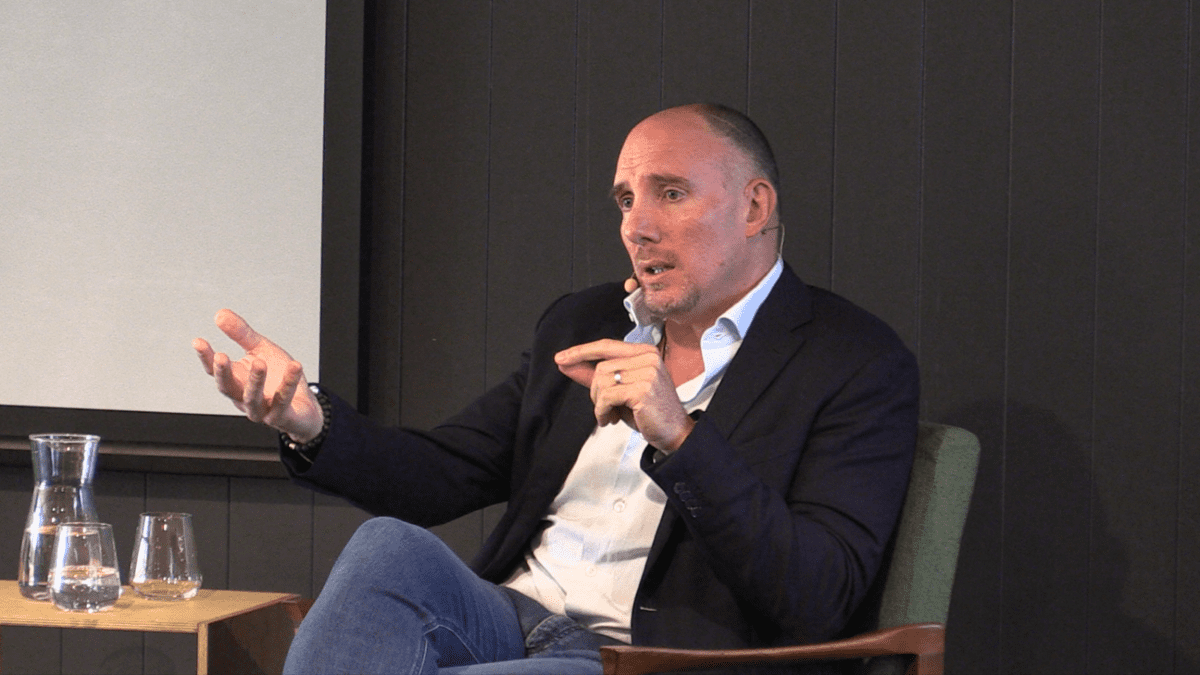ESG adoption hits global milestone as investors tackle data gaps
Global adoption of environmental, social and governance (ESG) investment has reached a new high, with the proportion of “adopters” reaching 90 per cent, according to a new Capital Group survey showing equities remain the most popular asset class for implementing ESG, while fixed-income allocations appear set to rise.
The proportion of adopters ticked up from 89 per cent in 2022, after a larger rise from 84 per cent in 2021, an indication that widespread adoption will make future increases smaller, the investment manager said in its ESG Global Study 2023. But some longstanding barriers are starting to diminish.
“This is the third consecutive year we’ve conducted the survey, and we’re beginning to see some interesting trends develop,” said Jessica Ground (pictured), global head of ESG at Capital Group, with adoption levels hitting the 90 per cent milestone “despite increasing regional disparities and a growing perception that greenwashing is getting worse”.
But while overall adoption is still trending up, the proportion of so-called conviction investors, who describe ESG as central to their investment approach, remained at 26 per cent, unchanged from last year, according to Capital Group.
Investors finding solutions
Conducted by CoreData Research between March and May, the survey canvassed 565 global institutional investors and 565 global wholesale investors in 25 countries from Europe, the Middle East and Africa, Asia-Pacific, and North America.
It found that, while data quality, regulatory complexity and fund disclosures still act as barriers to adoption for investors, the level of challenge survey respondents attributed to these issues had declined.
“Investors appear to be feeling more proactive and more empowered: the more they know about ESG, the more they are finding ways of dealing with its challenges themselves,” the report stated, with investors conducting their own ESG analysis.
Greenwashing, however, is becoming more prevalent, according to investors. Addressing some of the confusion around ESG could help sustain adoption levels, and the ability to articulate the ESG investment case will be key to increased adoption by non-users, the report stated.
“Data regulation and disclosures remain the biggest barriers, but they are less pronounced than two years ago, indicating that investors are finding ways to respond to these challenges,” Ground said.
Preference for active management, equities
Among ESG adopters, a significant majority of investors believe it has the potential to enhance returns; 57 per cent say incorporating ESG analysis can open up attractive investment opportunities, and 45 per cent think integrating ESG will likely improve long-term investment results.
These investors showed a strong preference for active investment strategies, with nearly three-quarters preferring to use active funds to integrate ESG.
“More effective engagement and gaining a forward-looking view of company ESG profiles are the reasons most cited by investors for preferring active strategies,” the report stated. “Potential alpha generation is identified as a further benefit.”
The survey also looked at how investors are implementing ESG, finding 81 per cent of investors cited equities as their preferred asset class for implementing ESG, followed by fixed income (58 per cent) and alternatives (44 per cent). APAC investors are more likely than the global cohort to deploy alternatives, with 54 per cent of respondents choosing this asset class.
And investors are planning to adjust their fixed-income strategies as they anticipate a pivot from central banks and falling interest rates as inflation rates cool. Thirty-two per cent of respondents plan to increase allocations to ESG bond funds with falling inflation, with that figure rising to 37 per cent for institutional investors.








